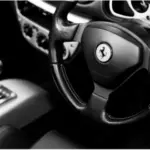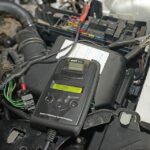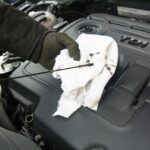Introduction
Jumper cables are an essential tool to have in your car, as they can help you start your vehicle in case of a dead battery. However, not everyone knows how to use them properly. In this guide, we will provide a step-by-step process for attaching jumper cables to start your car.
Here’s how to use them safely and effectively:
- Park both cars with their batteries close.
- Connect one end of the red cable to the positive terminal of the good battery.
- Connect the other end of the red cable to the positive terminal of the dead battery.
- Connect one end of the black cable to the negative terminal of the good battery.
- Connect the other end of the black cable to an unpainted metal surface on your car’s engine block.
- Start both engines. Then, remove the cables in reverse order.
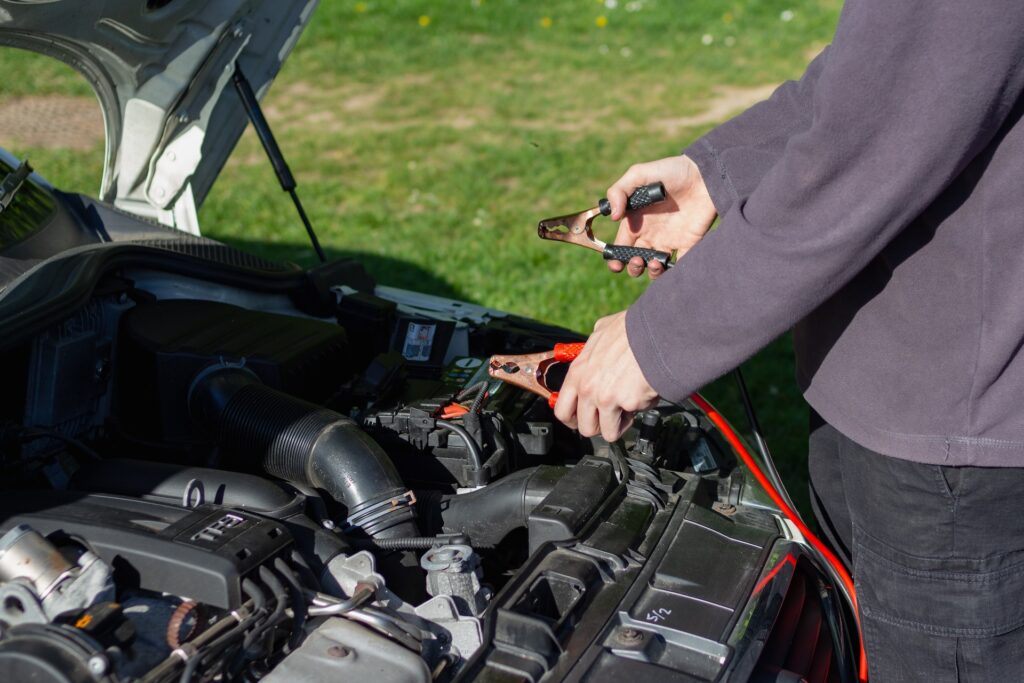
Safety Tips:
- Don’t touch or cross wires with your hands.
- Connect positive terminals first.
- Make sure both cars have the same voltage before starting the engines.
Be extra cautious when handling electrical systems. If you don’t know how to use jumper cables or are uncertain, refer to your owner’s manual. Or, contact a professional service provider for help.
A friend of mine was stranded in a remote area and waited over an hour for roadside assistance – but no help came due to a bad phone signal. Using borrowed jumper cables and expert advice over a voice call, we got her car started in less than 10 minutes and made it back home safely. Jump-starting a car is surprisingly similar to a defibrillator – just don’t worry about getting arrested for battery theft!
Detailed Guide to Attach Jumper Cables
Here is a detailed guide by car expert Daniel Kinsey from Cargister.
To successfully jumpstart your car, detailed instructions are necessary. In order to attach jumper cables to start your car with confidence, this section provides a step-by-step guide on preparing for jumpstarting, connecting the jumper cables, and starting the dead battery car. Dive into the related topics to explore additional car maintenance techniques and takeaways from this detailed guide in the conclusion.
Preparation Before Jumpstarting
Before jumpstarting your car, take these steps for recharging your battery.
- Turn off everything in both cars.
- Check the battery for damage or leakage.
- Park the cars facing each other, hoods open.
- Connect one end of positive cable to the dead battery’s positive terminal and the other end to live battery’s positive terminal.
- Attach one end of negative cable to live battery’s negative terminal and the other end away from the fuel source.
- Securely attach the opposite end of the negative cable to an unpainted metallic point, far away from fuel sources or fans.
Be safe and don’t rush! Mistakes can be dangerous and cause severe electrical burns and fires. My friend rushed through and burnt his hands – lesson learnt!
Now, you’re ready to jumpstart your car and bring it back to life.
Also Read:
- Top 5 Best Jump Starters for Cars
- 18 Best Car Gadgets and Accessories for Road Trips
- Top 5 Best Digital Tire Pressure Gauges
Connect the Jumper Cables
Connecting Your Car Battery with Jumper Cables:
Jumper cables are essential for a dead battery. Here’s a simple guide on how to connect your car battery with them.
- Step 1: Good Location & Position Cars
- Park cars close.
- Make sure they don’t touch.
- Engage the parking brake and turn off the ignition switches.
- Step 2: Connect Red Cable
- Connect one end of the red cable to the dead battery’s (+) terminal.
- Then, connect the other end to the good car’s (+) terminal.
- Step 3: Connect Black Cable
- Connect one end of the black cable to the good car’s (-) terminal.
- Connect the other end to the unpainted metal surface on the dead car’s engine block or any other ground points away from the battery.
Note: Don’t touch clamps together while connected. Double-check all connections before startup. Ensure no electrical cords get tangled in moving parts.
Revive that dead battery quickly! Follow these steps and you’re good to go!
For a Better Understanding How to Attach Jumper Cables to Start Your Car. Watch the Video Given Below:
Start the Dead Battery Car
Jump-starting a dead battery is a skill driver must have. Here’s how to bring your car back to life with jumper cables:
- Put the two cars facing each other, but not touching.
- Switch off lights & switches on both cars. Connect one red clip to the boosted car’s positive terminal.
- Connect the other red clip to your own discharged battery’s positive terminal.
- Fix one black clip on the negative pole. Put the other on a non-painted metal surface away from fuel systems & parts that move.
- Start the boosted car first. After a minute, try starting yours. If it doesn’t start in 3 tries, seek help.
Be careful when attaching cables – you can cause short circuits or spark plugs to ignite. According to sources, caution is crucial for cars built after 2000 due to potential damage from wrong procedures.
Don’t let jumper cables be your only hope – here’s a guide on how to jumpstart your love life too!
When Your Car Won’t Jumpstart
Car not starting? Here’s what you can do:
- Check your battery. Make sure the connections are secure and clean. If it’s dead, try jump-starting it.
- Inspect your starter motor. Turn the headlights on and try to start the car. If they dim or flicker, you may have a faulty motor.
- Check your fuel system. Could be out of gas! If not, inspect your fuel pump and filter.
If none of these work, get professional help from an experienced mechanic. Only do repairs if you know what you’re doing.
Also, always carry jumper cables in your car – for your car or someone else’s. Be safe on the road!
Conclusion
If you’re stuck with a dead battery, jumper cables are the way to go! Here’s how:
- Make sure your cars are close enough for the cables to reach.
- Connect one end of the red cable to the positive terminal of your dead battery, and the other to the positive terminal of the working battery.
- Connect one end of the black cable to the negative terminal of the working battery, and the other to an unpainted metal surface on your car’s engine block.
- Start up your working car, wait a few minutes, then try starting your dead car. If it doesn’t work, wait another minute or two before trying again.
Be careful when handling cables, and keep children away from the cars. If your car won’t start, call for professional assistance. A mechanic can fix any underlying issues quickly.
Frequently Asked Questions
1. What do I need to start my car with jumper cables?
You will need a set of jumper cables and a working car with a charged battery. It is also a good idea to wear gloves and safety glasses.
2. How do I properly attach the jumper cables to my car?
First, make sure both cars are turned off and the headlights are off. Connect one end of the positive cable (usually red) to the positive terminal of the dead battery. Then, connect the other end of the positive cable to the positive terminal of the working battery. Next, connect one end of the negative cable (usually black) to the negative terminal of the working battery. Finally, connect the other end of the negative cable to a metal part of the dead car that is not near the battery, such as a bolt or bracket.
3. In what order do I disconnect the cables?
Disconnect the cables in reverse order of how you connected them: first the negative cable from the dead car, then the negative cable from the working car, then the positive cable from the working car, and lastly the positive cable from the dead car.
4. Can I use jumper cables on a hybrid car?
Yes, you can use jumper cables on a hybrid car, but you should consult the owner’s manual for specific instructions on where to attach the cables.
5. What should I do if my car still won’t start after using jumper cables?
If your car still won’t start after using jumper cables, it may be a sign of a deeper issue with the battery or alternator. You should have a professional mechanic take a look at your vehicle.
6. What other related topics should I know about using jumper cables?
You should also know about the safe handling and storage of jumper cables, as well as the importance of regular battery maintenance and replacement.



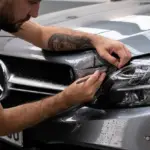

![Top 5 Best OBD2 Scanner [2024 Guide] Top 5 Best OBD2 Scanner [2024 Guide]](https://www.mechanicalbooster.com/wp-content/uploads/2022/06/BlueDriver-Pro-OBD2-Bluetooth-Car-Diagnostic-Scan-Tool-300x209.jpg)
